FARO LED Spotlight bulbs
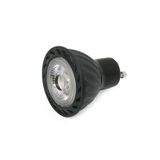
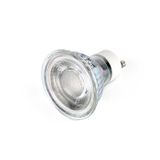
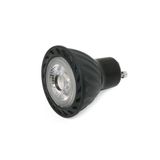
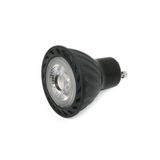


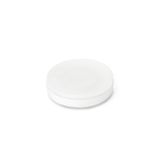
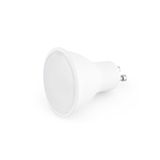
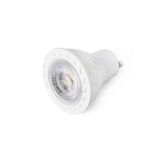
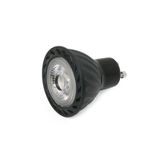

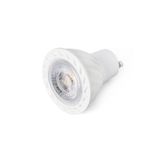
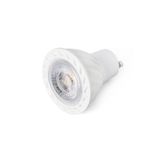
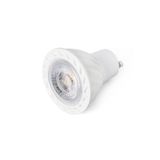
Faro LED Spotlight Bulbs – spotlight lamps, directional bulbs, accent lighting
In fit-outs and larger lighting projects, the term “just a bulb” often hides a lot of tricky decisions. With the Faro LED spotlight bulbs category, you’re dealing with more than wattage and base type. You’re aligning beam angles, driver compatibilities, dimming modes, colour temperatures, and long-term maintenance logistics. For a procurement manager or installer who’s been around the block, these are the lamps that sit in track systems, accent downlights, display cases, and focal-point installations — so they need to perform cleanly, not just look good on paper.
Technical Characteristics of Faro LED Spot Bulbs
- Base types: E27, GU10, MR16 (depending on model) to match existing holders without changing fixture body.
- Input voltage: typical models support 220-240 V AC mains (or compatible low-voltage versions) designed for direct retrofit.
- Beam angles: tight spot (15°-25°), mid-flood (30°-45°) and wide flood (60°-90°) available — vital for accent vs general illumination roles.
- Output & efficacy: lumen outputs scaled to task (e.g., 400-800 lm for accent display work, up to 1500-lm or more for higher ceilings) with efficacies in higher tiers of LED lamps.
- Colour temperature & rendering: commonly 2700 K for warm ambiance, 3000-K/4000-K for neutral white, CRI typically ≥ 80; premium lines offer CRI ≥ 90 for display accuracy.
- Dimming/driver compatibility: models offered in fixed-output and dimmable variants (phase-cut, 0-10 V or other control protocols); bulbs labelled “dimmable” to fit circuits.
- Physical form factors: compact lamp bodies to fit tight accent heads, quality thermal management to sustain lumen output under long duty cycles; housings designed for retrofit use.
- Lifespan & maintenance: service life designed in tens of thousands of hours, minimal lumen depreciation; consistent batch production ensures uniform light tone across replacements.
When you install them, you’ll appreciate the neat drop-in fit of the lamp-body, the weight balance in the fixture, the clean beam without weird spill or hot-spots. These are the details that matter on site.
Practical Use-Cases of Faro LED Spotlight Lamps
Consider a retail store fit-out: you’ve got wall display units, product shelves, pendant spots. You choose Faro spotlight LED lamps so that each display glows correctly without glare into customers’ eyes. Installers mount track heads, drop in lamps, test beam alignment, run dimming circuits. Because the lamps are from the same series, colour tone matches across the store aisle — no odd mix of warm and cool lights.
Or take a hospitality project: in a hotel lobby, accent lighting highlights architectural elements and artwork. You select the tight-beam Faro LED spot bulbs with CRI high enough to render textures properly. Mounting height is high so the beam drop-off matters; you want consistent light level across the piece. In maintenance, you know the lamp shape and base stay standard so replacements don’t need refitting.
Another job: an open plan office with feature lighting. The accent lamps integrate with general lighting but need to dim when daylight enters. You install the dimmable Faro LED spotlight lamps, tie them into the lighting control panel, and commissioning runs smoothly since the lamp driver is compatible. Weeks later, all units come up without flicker, uniform beam, minimal complaints from occupants.
Procurement Insights for Faro Spotlight LED Bulbs
From the buying side you’ll commonly compare:
- Model selection & lamp variants: base type, beam angle, lumen output, package size — fewer SKUs simplify spares and maintenance.
- Colour temperature & beam consistency: ensuring that across batches and phases of build the light tone remains uniform avoids mismatched zones later.
- Dimming/control compatibility: fixed output vs dimmable; does the lamp support the control protocol you have in the installation? Using a non-dimmable variant in a dim circuit causes flicker or early failure.
- Packaging & MOQ: accent lamps often ordered in small quantities, but large installs demand cartons of 10-20 pieces, secure protective packaging for fragile lenses and finishes.
- Lead time & stock availability: accent lamps often custom colour or finish; procurement teams check if units ship from stock or need custom run, as delays hold up commissioning.
- Spare stock & batch matching: spotlight lamps are often replaced long after installation; checking same series, same colour temperature, same beam angle ensures future replacements don’t clash visually with existing.
- Performance & lifecycle cost: buying isn’t just about purchase price; you’ll consider lumen maintenance, energy saving compared to halogen or older lamps, and the cost of replacements over time. A lamp with slightly higher wattage but double service life might pay off.
In real world jobs, procurement teams have cancelled orders because the beam angle specified didn’t match the fixture housing, leading to hot spots on displays. Checking the fixture-lamp geometry with installers early saves that.
Long-Term Install and Maintenance Considerations
Over time, spotlight lamps can pose maintenance headaches if they don’t behave as expected: mismatched colour tones, beam drift, driver failures, flicker under dimming. By standardising on a Faro LED bulb spot series, you reduce those risks. Service teams appreciate when lamps are labelled clearly with lot number, beam angle, base type; replacements match straight away and maintenance visits drop. Another aspect: in retrofit zones where fixture heads remain but lamps change across phases, sticking to the same lamp family ensures the visual appearance remains consistent for occupants. In larger builds where lighting control systems evolve, choosing dimmable versions upfront even if not currently needed means you avoid replacing lamps later when controls get upgraded.